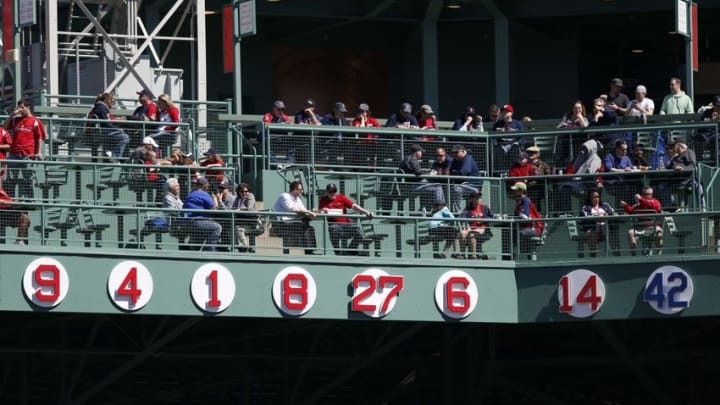The Managers
Would a slash line of .224/.301/.376 in 140 games over two seasons impress you? Would a career average of .260 and a grand total of 768 hits in 13 seasons impress you? They would not impress me, but a Hall of Fame membership would.
Dick Williams spent his entire career as a player shipped from team to team and occasionally playing as a regular until his deficiencies relegated him to part-time status. Williams’ last season was in Boston in 1964 and he left an impression on a young Carl Yastrzemski and Red Sox management.
More from Red Sox History
- Two notable Red Sox anniversaries highlight current organizational failures
- Contemporary Era Committee doesn’t elect any former Red Sox to Hall of Fame
- Johnny Damon calls Red Sox out, reveals hilarious way he skirted Yankees’ grooming policy
- Remembering the best Red Sox Thanksgiving ever
- Red Sox World Series legends headline 2023 Hall of Fame ballot
The Red Sox hired Williams as a minor league coach and eventually manager of their Triple-A farm club in Toronto. Promoted to manager in Boston the rest is well known as Williams was as instrumental as anyone in resurrecting the franchise. Williams finished his career managing six teams and winning four pennants and two World Series.
Eddie Kasko replaced Williams in 1970 and followed a similar path by ending his career in Boston and becoming a manager in their system. As a player Kasko finished off his final MLB season by hitting an anemic .213 for the Red Sox. Prior to that, the slick fielder was a regular with the Cardinals and Reds even making the All-Star team one season.
When Kasko was dismissed as manager he remained with the organization as a scout, scouting director and vice president of baseball operations. Kasko became a member of the Red Sox Hall of Fame in 2010.
Tommy Helms – a former National League Rookie of the Year – joined the manager pipeline after finishing his career in Boston in 1977. That, however, was not Boston, but eventually in Cincinnati, where he enjoyed his best days as a player.
Helms hit .271 mostly as a designated hitter. The right-handed hitting Helms was not your prototypical DH since his power was limited and he was Dustin Pedroia like in physical appearance.
